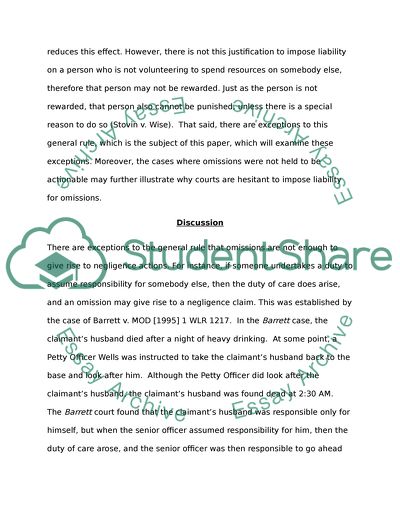Cite this document
(“Discuss the limited circumstances in which a duty of care might be Essay”, n.d.)
Discuss the limited circumstances in which a duty of care might be Essay. Retrieved from https://studentshare.org/law/1456334-discuss-the-limited-circumstances-in-which-a-duty
Discuss the limited circumstances in which a duty of care might be Essay. Retrieved from https://studentshare.org/law/1456334-discuss-the-limited-circumstances-in-which-a-duty
(Discuss the Limited Circumstances in Which a Duty of Care Might Be Essay)
Discuss the Limited Circumstances in Which a Duty of Care Might Be Essay. https://studentshare.org/law/1456334-discuss-the-limited-circumstances-in-which-a-duty.
Discuss the Limited Circumstances in Which a Duty of Care Might Be Essay. https://studentshare.org/law/1456334-discuss-the-limited-circumstances-in-which-a-duty.
“Discuss the Limited Circumstances in Which a Duty of Care Might Be Essay”, n.d. https://studentshare.org/law/1456334-discuss-the-limited-circumstances-in-which-a-duty.


